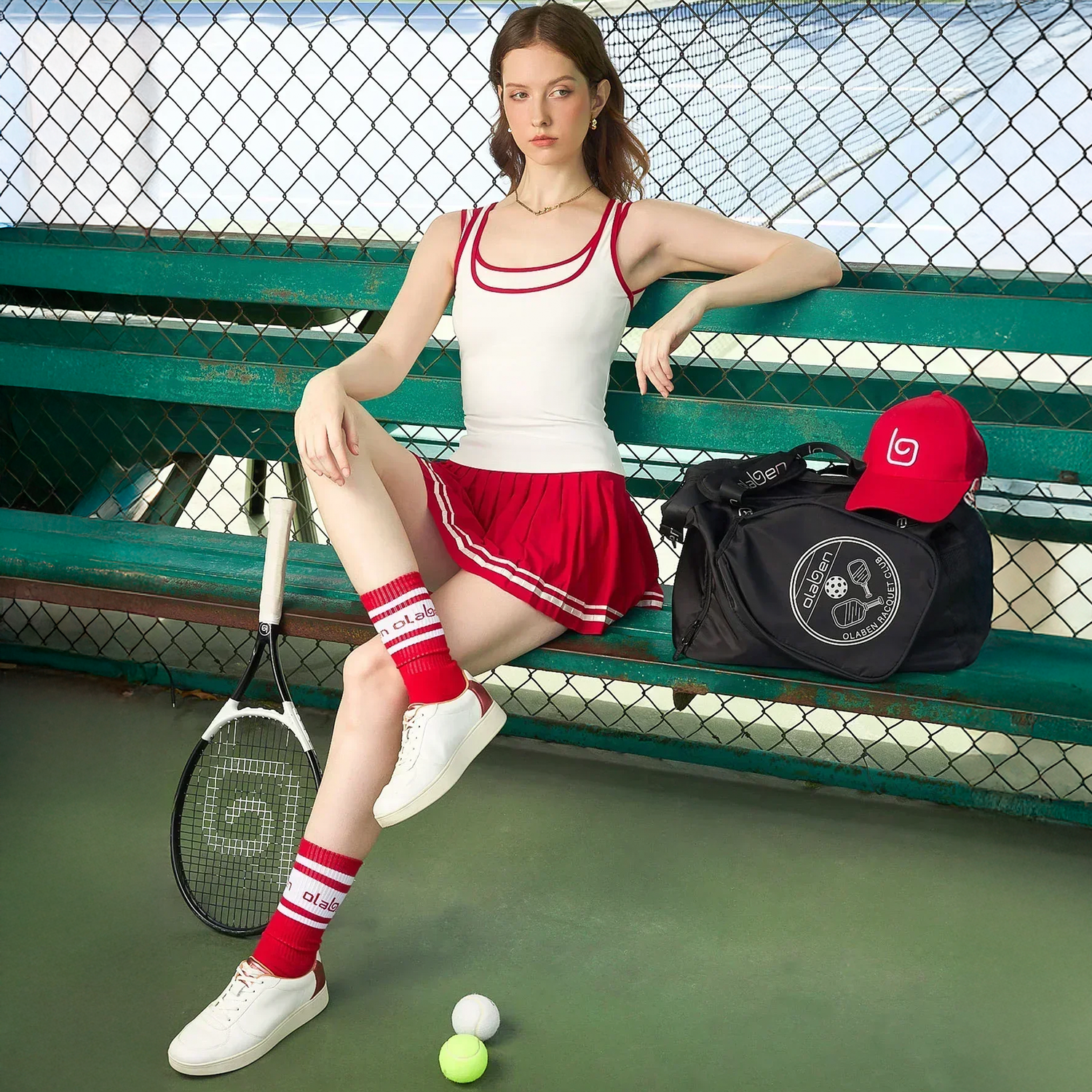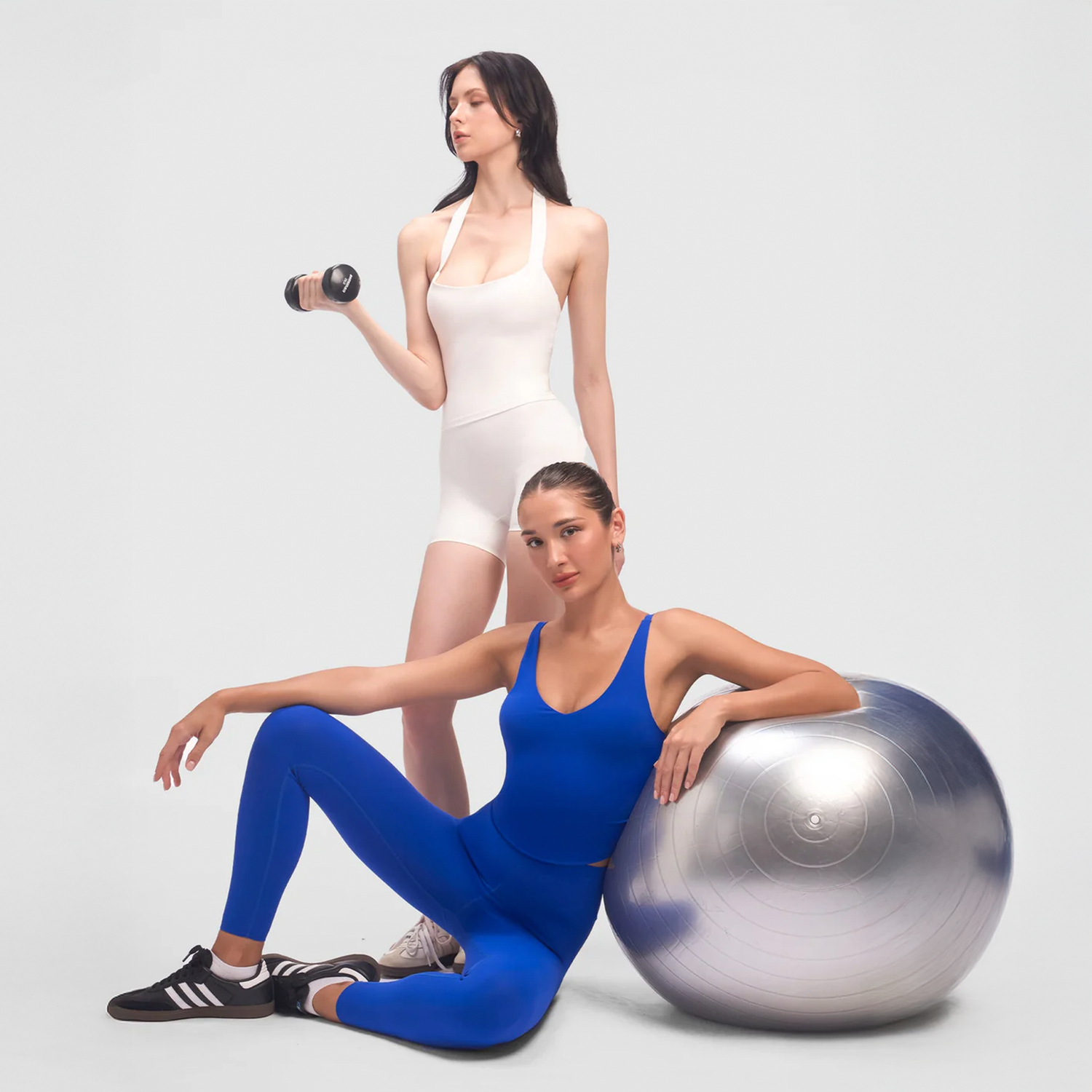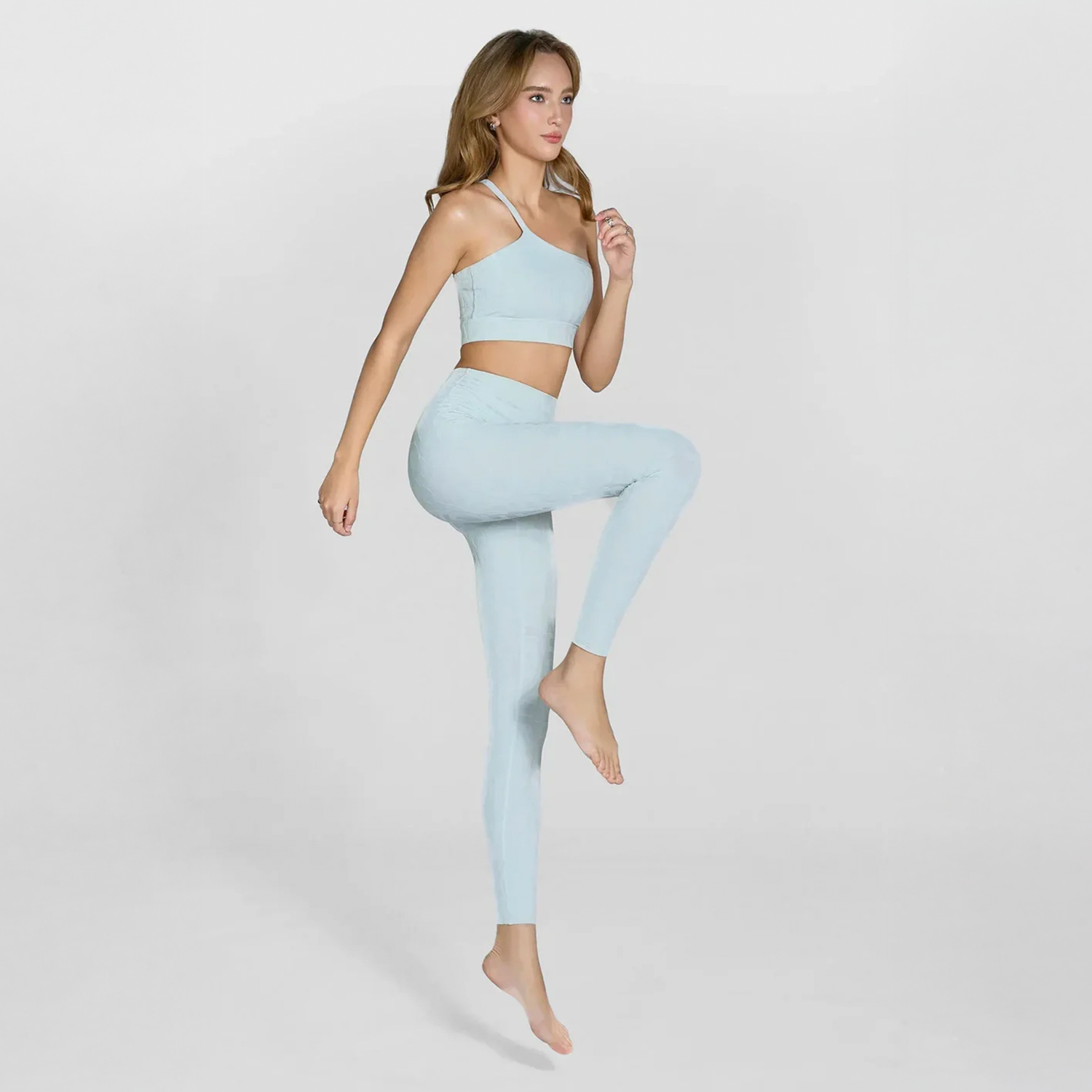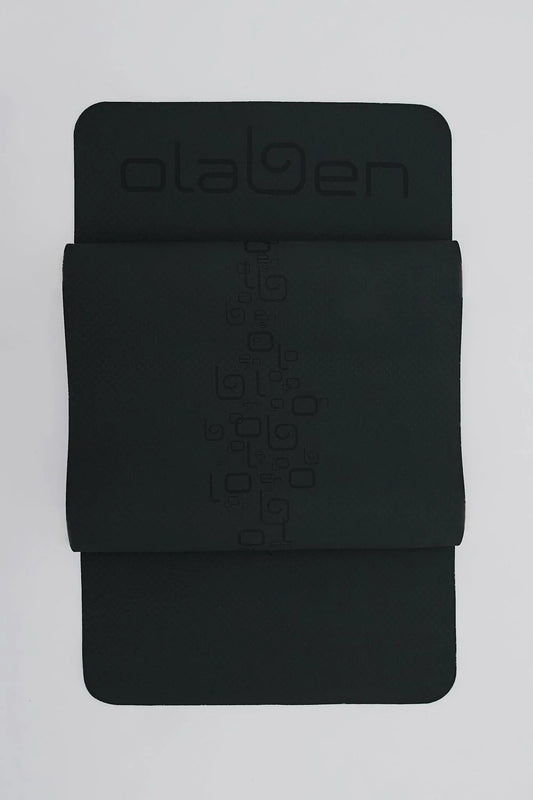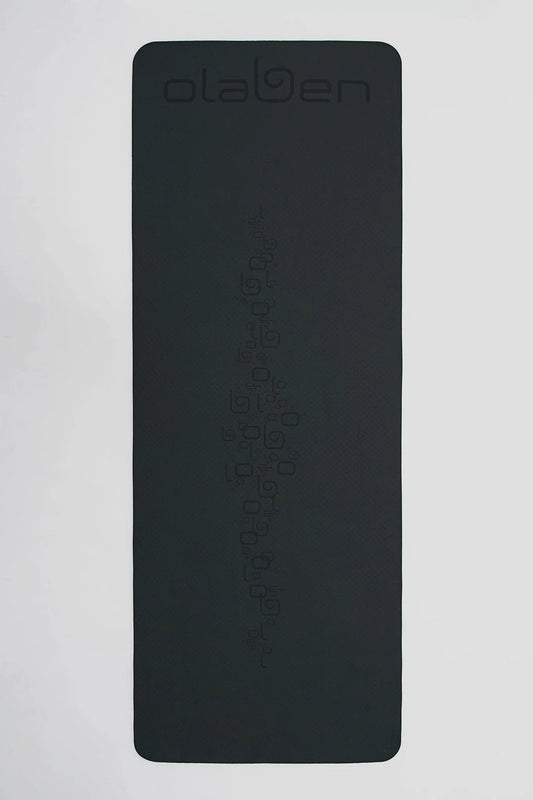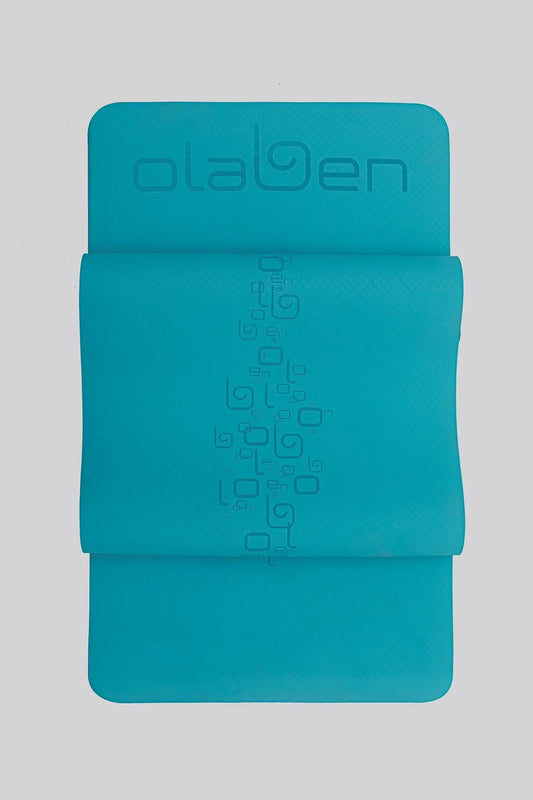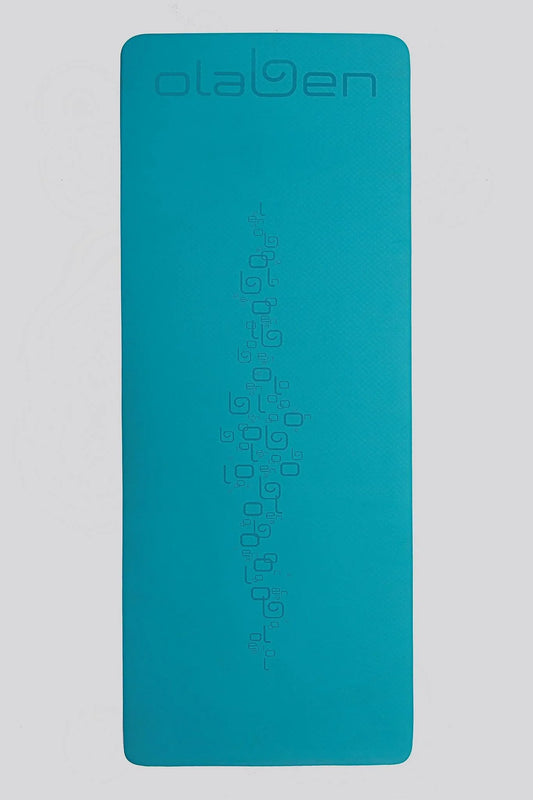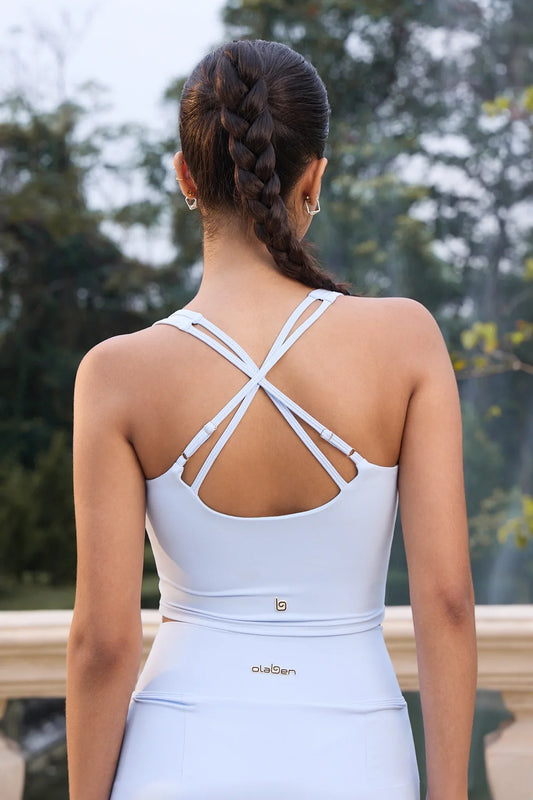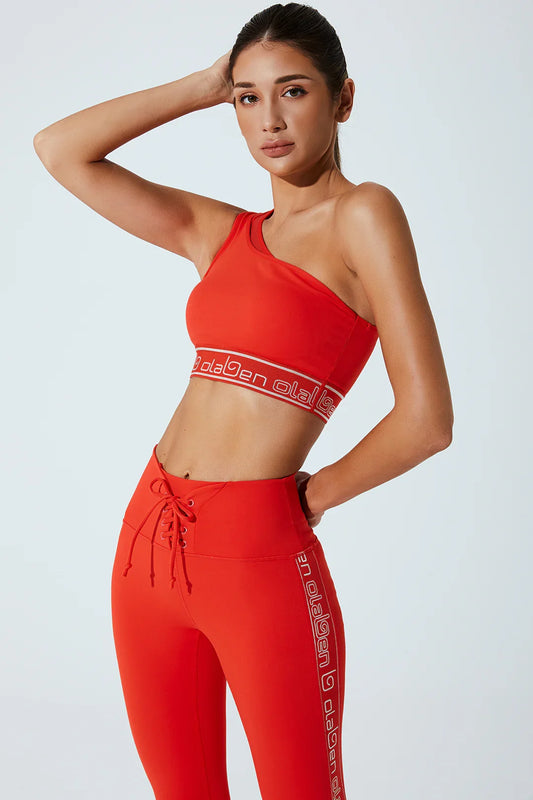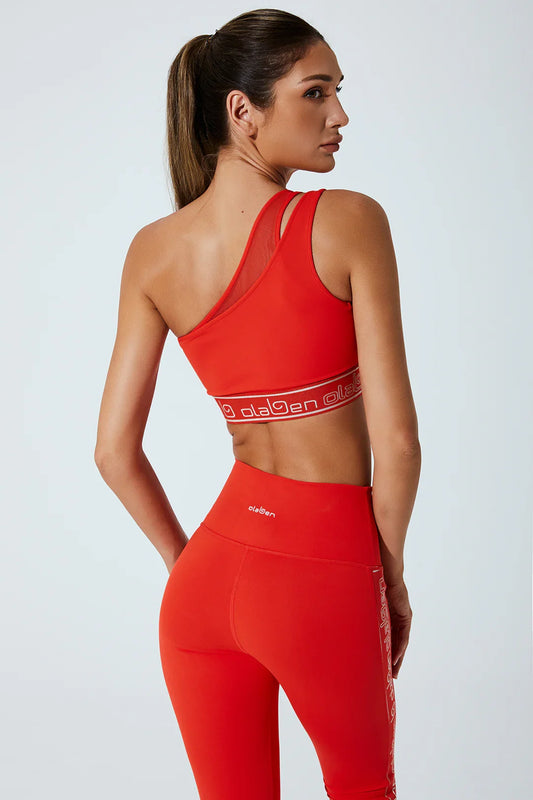Pilates and Yoga are two highly popular methods of training, often praised for their ability to improve overall health while strengthening both body and mind. Although they share many similarities, each comes with its own unique characteristics and benefits.
Understanding the differences between Pilates and Yoga will help you identify which option best suits your goals and preferences. In this article, Olaben will walk you through the foundations of both practices, compare their core distinctions, explore their key benefits, and offer guidance so you can choose the most suitable path for your fitness journey.
Introduction to Yoga
Yoga is an ancient practice that originated in India, harmoniously blending physical movement, mindfulness, and breathwork. Its primary aim is not only to strengthen and stretch the body but also to cultivate inner peace and a balanced lifestyle in harmony with nature and community.
Beyond its signature postures, Yoga teaches practitioners how to relax, breathe mindfully, maintain positive thinking, and practice meditation to connect more deeply with themselves and the world around them. Yoga also offers practical health benefits, such as reducing stress and anxiety, supporting blood pressure management, easing arthritis symptoms, and improving overall well-being.
Introduction to Pilates
Pilates was developed during World War I, originally designed to help rehabilitate injured soldiers. Over time, it evolved into a globally recognized method for building muscular strength, enhancing flexibility, and improving overall body resilience.
Unlike Yoga, Pilates emphasizes controlled, precise movements that engage the core and back muscles for stability. Exercises can be performed on a mat or with specialized equipment such as springs, resistance bands, reformers, or simply using body weight. Pilates is especially effective in improving posture, supporting respiratory health, reducing back pain, and aiding recovery for those with joint or musculoskeletal issues.

Comparing Yoga and Pilates
Similarities:
-
Both focus on the connection between body and mind, offering physical and mental benefits.
-
Both emphasize breathwork and controlled movement.
-
Both improve flexibility, strength, and concentration.
-
Both are suitable for a wide range of ages and fitness levels, and can be practiced at home with a mat or with added equipment.
Differences:
Yoga
-
Origin: Ancient India, deeply rooted in philosophy and spirituality.
-
Goal: Achieving harmony between body, mind, and spirit.
-
Method: Includes postures (asana), breathing techniques (pranayama), and meditation.
-
Equipment: Primarily a yoga mat; may include blocks, straps, or wheels.
Pilates
-
Origin: Early 20th century Europe, created for soldier rehabilitation.
-
Goal: Strengthening the core, improving posture and flexibility.
-
Method: Controlled, precise, small-scale movements requiring high focus.
-
Equipment: Beyond mats, Pilates often uses reformers, Cadillacs, resistance bands, and exercise balls.

Yoga or Pilates – Which Is Better?
There is no single correct answer—both Yoga and Pilates offer remarkable benefits. The “better” choice depends on your personal goals, physical condition, and training preferences. The key is to understand each practice clearly so you can decide which aligns best with your needs.
Which Practice Suits You Best?
Pilates: If your goal is weight loss, toning, and strengthening, Pilates often delivers more visible results. While calorie burn may not always exceed that of Yoga, its strong focus on core activation and total-body strength helps shape a lean, balanced physique. Pilates is also ideal for older adults, people with sedentary lifestyles, or those recovering from injury, as it emphasizes control, safety, and low-impact yet effective movements.
Yoga: If you seek mental relaxation, flexibility, and inner balance, Yoga is the better option. In addition to enhancing physical wellness, it reduces stress, improves sleep quality, and helps maintain a positive mindset.
One practical factor to consider is cost: Pilates classes are generally more expensive than Yoga classes due to the use of specialized equipment. This may be worth weighing before making your choice.
Train Better with Olaben Yoga and Pilates Essentials
A Yoga or Pilates session becomes more enjoyable and effective when paired with the right apparel and accessories. With elegant designs, flexible stretch, and breathable fabrics, Olaben products help you move with confidence—whether flowing through gentle asanas or performing precise Pilates movements.
-
Sports bras and women's tank tops: Provide excellent support for core-focused Pilates sessions and comfort during extended yoga poses.
-
Leggings and women's shorts: Four-way stretch, body-hugging yet non-restrictive, ensuring natural and flexible movement in every posture.
-
Women's Sports jackets: Perfect for warming up or keeping the body cozy before and after training.
-
Olaben accessories: Yoga mats, gym bags, and more for a complete workout experience.
With Olaben, you’ll always have a reliable companion to make Yoga and Pilates not just a workout, but a joyful part of your daily life.

Visit Olaben Store for an In-Person Experience
Try out the latest designs and receive dedicated advice from the Olaben team at our showrooms:
Ho Chi Minh City
- Flagship Store: 1M, Street 10, Thao Dien, District 2 (Thu Duc) – Hotline: 092.828.2088
- Nguyen Trai: 35 Nguyen Trai, Ben Thanh, District 1 – Hotline: 036.428.2088
Hanoi
- Vincom Times City: 458 Minh Khai, Vinh Phu, Hai Ba Trung – Hotline: 037.928.2088
- 263 Pho Hue, Hai Ba Trung

